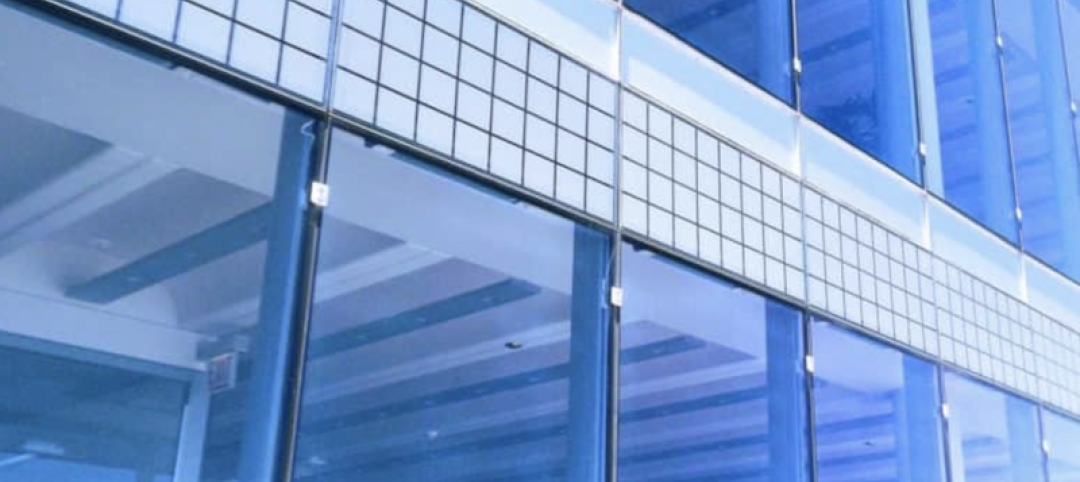Anyone who owns or operates an existing building should be scheduling energy audits and/or retro-commissioning. Here’s why:
Improving building energy performance reduces costs, lowers strain on shared community resources, and demonstrates a commitment to environmental stewardship. Local jurisdictions nationwide are leading the charge to improve building performance, and many have adopted the LEED Energy and Atmosphere Prerequisite: Commissioning for new buildings as part of their standard requirements.
One result of these standardized requirements is commissioning on new buildings has become more common in the real estate industry. Although standardized commissioning is a critical step in ensuring energy efficient, properly operating new buildings, there is another largely untapped area of energy savings: existing buildings. Energy audits and retro-commissioning are ideal solutions to this problem and can lead to significant savings for the owner.
An energy audit identifies deficiencies and develops strategies to reduce energy waste and improve building performance. Retro-commissioning is simply the follow-up to an audit or the implementation phase of the identified improvements. An energy audit can typically identify 5-20% savings, depending on the building’s current operation level.
After performing retro-commissioning and energy audits for more than five million square feet of existing building real estate, we have developed a list of common low/no-cost Energy Conservation Measures (ECMs) that are identified on the majority of projects.
Here are five of our favorites:
IMPLEMENT OR REFINE EQUIPMENT SCHEDULES
One of the easiest ways to instantly see savings is to establish operating schedules for the HVAC equipment in the building. Modern building automation can schedule when equipment is turned on and off, and prevent the equipment from conditioning the building when it is empty. Energy savings can be achieved by simply reviewing the lease agreements and adjusting the start times accordingly.
TEMPERATURE SETPOINT CONTROL
Maintaining temperature setpoints for the heating and cooling seasons and limiting the user adjustable range is a simple way to provide quick, easy savings without sacrificing tenant comfort.
CALIBRATE OR REPLACE SENSORS
An uncalibrated sensor can cause equipment to run more often and at a higher capacity, or it can even prevent equipment from entering free cooling operation.
TEMPERATURE/PRESSURE RESET SCHEDULES
During much of the year, the central systems do not need to operate at their design temperatures and pressures to satisfy the building loads. Building automation systems can usually adjust setpoints to account for building load conditions. For example, a hot water system would not need to provide the same temperature water to satisfy the heating load on a 40-degree day as it would on a 10 degree day. Similar resets can be implemented on chilled water and air side systems. These types of adjustments can provide good savings, and can require a more complex building automation system
LIGHTING CONTROLS
Occupancy sensors can be a relatively low cost option to ensure lights are properly turned off in regularly unoccupied areas (storage closets, trash rooms, IT closets) or for office areas in the evenings.
If these five approaches don’t apply to your building, that’s ok! In our experience, we have developed a comprehensive list of best practices, and we add to it regularly. An audit will reveal where you need to focus on changes and tweaks, and will generate a customized list of recommendations that is perfect for your building.
More from Author
Paladino | Jan 10, 2022
The future of regenerative building is performance-based
Why measuring performance results is so critical, but also easier said than done.
Paladino | May 26, 2021
Injecting embodied carbon capability into the integrated design and construction process
Embodied carbon is defined as the carbon footprint of a material, and is expressed in metric tons of CO2e.
Paladino | May 12, 2021
Climate modeling for a resilient business and future
This post explores changes that developers and their teams need to make to their risk and resilience strategies by climate modeling for climate change.
Paladino | Apr 26, 2021
Building performance requirements are coming: Are you ready?
Building Performance Requirements are trending nationwide and are likely coming to a county near you.
Paladino | Feb 8, 2021
Six lessons learned from our first Fitwel Viral Response Module certification
The Fitwel Viral Response Module is one of several frameworks that real estate owners and operators can use to obtain third-party certification for their efforts ensuring their properties are ready for a safer and healthier return to work.
Paladino | Jan 14, 2021
Shift your energy to carbon
Now is the right and necessary time for the commercial real estate industry to shift its environmental strategy from just energy, a carbon contributor, to carbon itself.
Paladino | Nov 13, 2020
5 tips when designing for daylight
Daylight modeling is a tool to examine how daylight interacts with a building, and how that natural light behaves within interior spaces.
Paladino | Jul 16, 2020
COVID readiness: IWBI and USGBC seek to help businesses quantify risk
In an effort to address the risks of COVID-19 at the building scale, USGBC and IWBI have analyzed existing certification guidelines and drafted new, relevant content.
Paladino | Jun 5, 2020
3 strategies to improve the wellness of building systems and gain tenant trust
Three operational issues that must be prioritized for every building in order to achieve tenant trust are air quality/ventilation, relative humidity, and building commissioning.
















